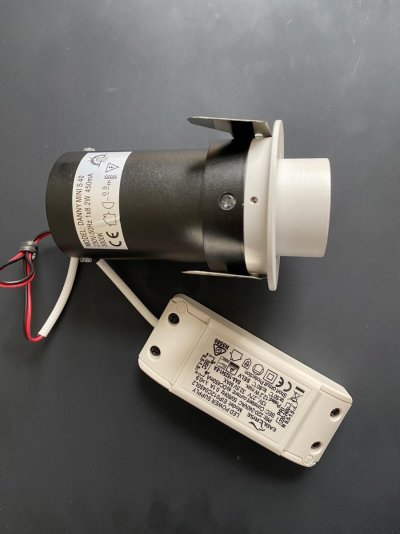What some are suggesting here regarding terminal blocks might sound interesting but is is frankly not necessary or practical on many or most boats. It is also just not how things are generally wired by professionals.
A lighting circuit, starting at a overcurrent protective device is wired 100% in series from device to device with the connections to those devices being parallel connections to neutral for AC or ground for DC circuits.
This methodology is demonstrated time and time again in pretty much every thing that has lighting or outlets.
Why??? simple, it's easy to install, its inexpensive, its easy to work on, and it works.
A single circuit also MUST have ALL wires downstream of the overcurrent protective device rated for the full current rating of that device. You CANNOT run a larger wire to a terminal block and then smaller wires out from there.
Some here are giving out advice on subjects that they are frankly unqualified to give advice on, based on the fact that the advice given, if followed, creates a unsafe installation risking a fire, injury, or even death.


